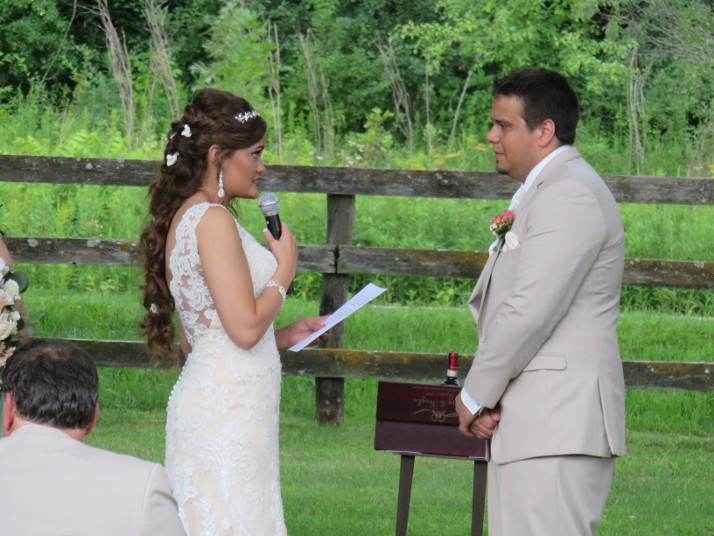Wedding Rings – An Integral Part of Wedding Ceremonies
Wedding rings are one of the oldest physical representations of marriage, and the exchange of rings is still an integral part of most wedding ceremonies today. The historical significance of wedding rings is rich and interesting.
In Ancient Rome, the groom would present his bride with an iron ring, which is the origin of today’s metal wedding bands. The durable material symbolized strength and permanence. The Romans, as well as the Greeks, placed the ring on the fourth finger of the left hand because they believed that the finger contained the vena amoris, or the vein of love.
Rings still symbolize the union of two people and identify them as a couple. Although couples in many European countries wear their rings on the right hand, there is a theory that the left ring finger was selected as the preferred choice because the ring would receive less damage since most people are right handed.
In many cultures, it was traditional for only the woman to wear a wedding ring. This was also true in the United States prior to World War II. During the war, many servicemen wore their wedding rings as a sign of commitment and as a way to remember their wives while stationed overseas. The tradition continued during the Korean War. After this, wedding ring sets became more popular among civilians as well. The popularity of wedding rings has brought about many diverse styles. In addition to gold, silver and platinum, you can now get durable silicone rings, which are ideal for active couples.
While most couples choose to both give and receive rings in modern wedding ceremonies, sometimes ring wearing is precluded by profession (machinists and some medical professionals are examples here) or by personal preference. In these cases a single ring ritual can still be included in the wedding ceremony with both the giver and wearer acknowledging the significance of the ring as a sign of lasting love and commitment.
Many couples choose to include an additional “unity ritual” in their ceremonies, but the exchange of wedding rings remains the original and lasting sign of the promises of love and commitment voiced in the wedding vows. As I say in many of the ceremonies I write, the rings announce to the world, “I love… and I am loved.” When you glance at your wedding rings may you remember the promises made to and by you, and may you remember the special day you shared those promises with the world.

